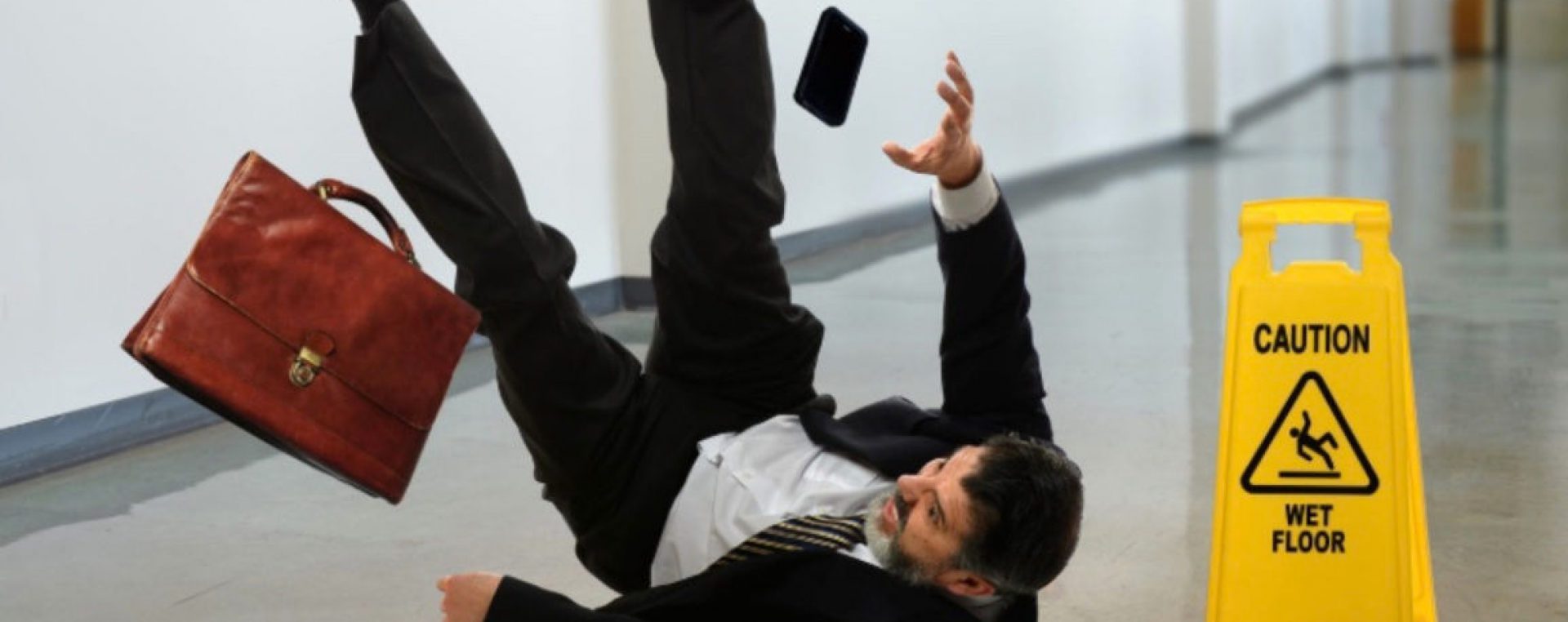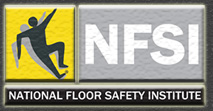
What is Friction?
Friction is the action of one surface or object rubbing against another. There are two primary types of friction: dynamic friction and static friction. Dynamic Friction aka Kinetic Friction is the friction between surfaces or objects which move relative to one another. Static friction is the friction between stationary surfaces or objects.
Measuring Friction:
Coefficient of Friction (C.O.F.) is defined as follows: A value that illustrates the relationship between the force of friction amid two objects and the normal friction among the objects involved.
The higher the number, the lower the probability that a slip occurs.
Per NFSI (B101.1): C.O.F. > .60 is considered "High Traction".
All of our products fall into this tier of High Traction.
ANSI/NFSI:

ANSI (American National Standard Institute) was founded in 1918 with the mission "to enhance both the global competitiveness of U.S. business and the U.S. quality of life by promoting and facilitating voluntary consensus standards and conformity assessment systems, and safeguarding their integrity." ANSI oversees the creation, promulgation and use of thousands of norms and guidelines that directly impact businesses in nearly every sector: from acoustical devices to construction equipment, from dairy and livestock production to energy distribution, and many more.
The NFSI (National Floor Safety Institute) is a 501(c) (3) not-for-profit organization. NFSI was founded in 1997 with the intention of preventing slip and fall accidents by educating the public and businesses through informative programming, research, training and product certification. NFSI certifies flooring materials, coatings, chemical floor-cleaning products, and treatments.
ANSI/NFSI Standards:
ANSI and NFSI have devised various detailed standards for measuring the Coefficient of Friction (COF) of a surface.
B101.1 ANSI/NFSI Standard: Test Method for Measuring Wet SCOF of Common Hard-Surface Floor Materials.
ADA:

The American with Disabilities Act (ADA) was enacted in 1990 to guarantee equal opportunities for individuals with disabilities. The ADA made it illegal to discriminate on the basis of disability in employment, transportation, telecommunications, state and local government and public accommodations. In 2003 the ADA advisory on surface conditions issued "Bulletin 4" which recommended a static coefficient of friction (SCOF) value of 0.6 for level surfaces and .8 for ramps and inclined surfaces.
OSHA:



